Contents
The goal of this series of posts is to help individuals establish a framework to properly back up your personal digital data within the context of disaster preparedness.
Recovering lost digital data is very difficult, costly, and sometimes even impossible. The emphasis here will be on loss prevention, and by extension, restoration.
This post focuses on:
- ⇒ Data Ownership
- Data Encryption
- Data Backup
Introduction
There are two kinds of people in this world. Those who back up their computers, and people who have never lost everything.
As preppers, we want to back up our digital life and never know the pains of irretrievable data loss.
Data is all around us. It can be in the form of digital photos, videos, documents, spreadsheets, or any of the thousands of file types that exist in the digital universe.
The primary goals we would like to achieve are:
- Data protection and loss prevention
- Creating the ability to recover data after a disaster, accident, or theft
Your personal information, such as your social security number, credit card number, driver’s license information, passport document, etc. is valuable to hackers and thieves for many reasons. Since your life may be turned upside-down if your identity gets stolen, guard your data with as much diligence as guarding your money.
Your private files, such as photos, videos, music, and documents may be less valuable to hackers, but are certainly valuable to you and your family.
The ultimate responsibility for safeguarding your digital life falls on you.
While there are agencies who pursue culprits, the global internet is rife with bad actors who utilize a host of methods to steal your digital assets. These hackers are sophisticated, well financed, organized, and effective. Even if you report theft to the authorities, it may take a long time to retrieve lost information, if any.
The Threats
What are we guarding our data from? There are many kinds of threats out there, and they mostly boil down to two primary categories: Theft and disasters.
Here is an article covering the basic threats types in cyberspace.
Theft
Theft, in the digital world, primarily means stealing either money or information. In modern times, information may be more valuable than money.
A clandestine thief will steal things from you covertly, never revealing their existence. The digital age makes this kind of theft heinous since they don’t really ‘steal’ in the classic sense of the word, the hacker duplicates your important documents to their server, so you may never know it was stolen.
A coercive attack called ransomware is where a hacker secretly installs malware on your device. The malware quietly encrypts your data, and one day completely locks you out of your machine. Then they announce to you that they will only give you the key to unlock your data if you pay them a ransom within a short amount of time.
Attacks may happen to your computer, as well as corporations or public utilities. Here is an article about a recent high-profile ransomware attack. The point here is that disruptions can happen to anyone, including your cloud storage service, banks, etc.
We will discuss fortifying your home’s digital defenses to protect against most bad actors in a future article.
Disasters and Accidents
Aside from hackers, many other things may occur which would result and digital data loss.
If you accidentally drop your phone in the bathtub, you may purchase a new phone, but what happens to the data on the old phone?
If your desktop computer gets destroyed in a flood, how could you get your spreadsheets back? Depending on the severity of damage, the recovery may cost thousands of dollars per drive.
Data Management
In order to protect data effectively, we must learn to manage it. It may seem like a manual process at first, but there are tools that help streamline and automate when you are ready for it.
The basic steps are outlined below. The most important thing to remember is that this is not a one-time deal. Much like brushing your teeth, you must do this regularly or risk losing your assets.
1. Data Ownership
Taking responsibility for all your critical documents, photos, videos, etc. is the first part of a larger disaster preparation strategy as it relates to your digital life.
Taking ownership of your data means you have direct access to your files. They reside on devices that you personally own and manage.
Digital data ownership is important for a number of reasons:
- You have copies of your files independent of companies (and their website availability)
- Access to your files does not require you to have an internet connection
- Your physical documents may get damaged or stolen
- Post-disaster recovery is faster and easier with proper documentation
- All your digital files can fit on a thumb drive, so you can have it with you even if you evacuate
If the only proof that you had $10,000 in a checking account exists with the bank itself, and one day the bank closes its doors, you may lose your money. Here is an example of a family who lost critical documents during hurricane Katrina, and how their recovery has been significantly hampered.
Companies are not impervious to disasters or data mismanagement. If you did not experience a disaster at all, but your insurance company in another state did, they may lose their customer records. “93% of companies that lost their data center for 10 days or more due to a disaster, filed for bankruptcy within one year of the disasters” as this article explains. The consequences for you as a customer/consumer can be dire.
Digitize / Download Critical Data
What should you digitize? Short answer: almost everything.
- Make electronic versions of documents and photographs
- Download documents from the websites you frequent and save them to your personal device such as a laptop
Here is a list of important digital items that you should keep on your personal device:
| Photos / videos / mementos | Birth / death certificates |
| Bank statements | Social security cards |
| Tax returns / documents | Drivers license / other ID’s |
| Passports | Property deeds / leases |
| Medical records / health cards | Living Trust |
| Marriage / divorce certificate | Adoption papers |
| Mortgage | Automobile title |
| ∗ Contacts | Important emails |
| △ Software + licenses |
Remember to keep the physical original documents in a fireproof / waterproof safe.
∗ Contacts – Would you ever be able to re-build your contact list if you lost it? Add to your scheduled checklists to periodically export your contacts and save them as a file (such as a CSV) onto your home computer.
△ If you have files that have been generated from specialized software, you will need that software to be installed on your device in order to open the file. Backup the software installation files, their relevant updates, plus the license key.
Do this TODAY: Add a phone number or a recovery email address to your email and other critical service accounts. If you get hacked, this may be the only way to verify your identity and restore access to your account. If you don’t have updated recovery mechanisms in place, you may permanently get locked out of your online service. Here is a great article explaining this concept in greater detail.
Scanning
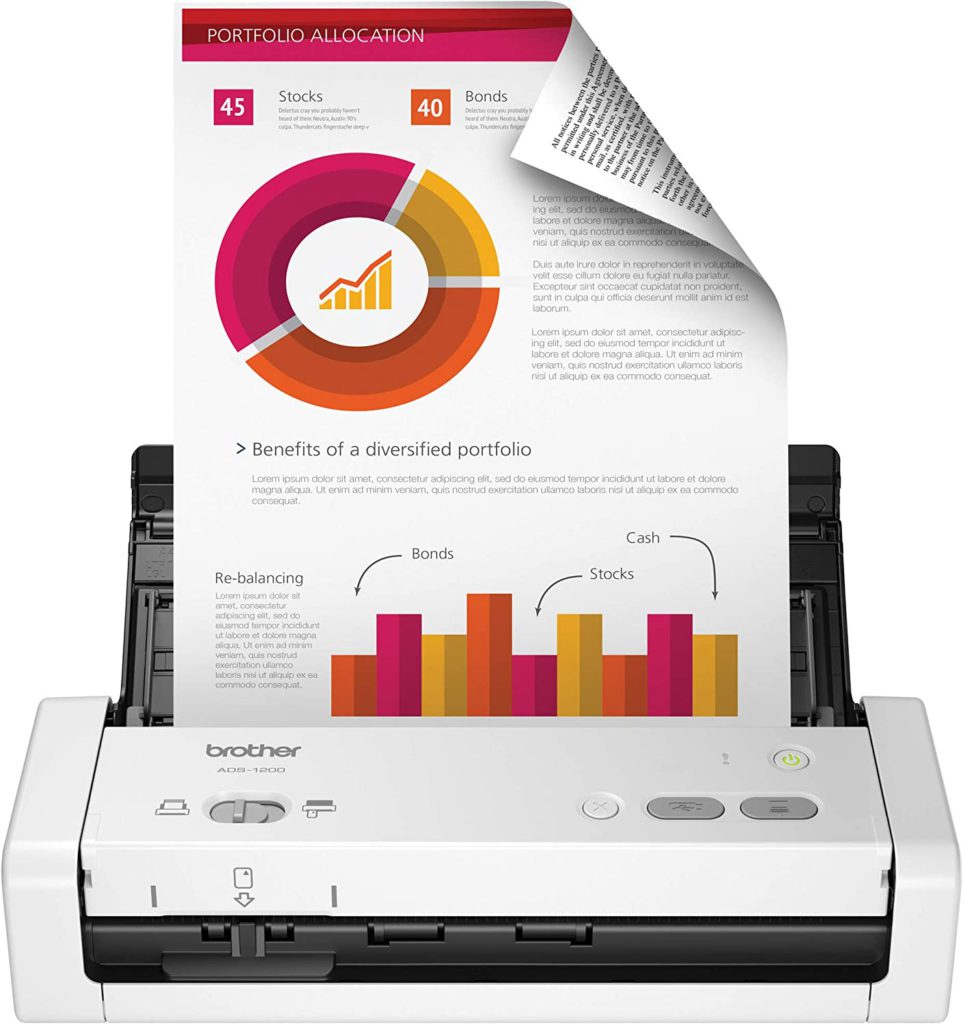
If you have many physical documents, consider purchasing a document scanner. This will help you by:
- Faster initial scanning of all your documents
- Easily scan new documents as they arrive (this is important)
Some document scanners also accept photographs as well.
If you have a huge volume of physical photographs, there is a vast array of photo scanning services you may employ. Some of them even offer to enhance your photos to fix blemishes, etc.
There is also equipment to convert old VHS and even 8mm film to digital video files. Outsourcing that task may save you time and remove the need to buy equipment that you will only use once.
Downloading
Every time you sign up for a new digital service, leave a digital paper trail on your computer. For example, If you wanted to open a new savings account, save (onto your laptop or desktop) all the digital paperwork it took to open the account:
- Service / terms contract
- Completed application form
- Application response / welcome letter
- Tax form (annually)
- Monthly statement or other recurring documents – It is crucial to keep up-to-date documents
If you already have accounts, start by downloading the most recent documents first. You do not need to go back years or decades, just the last 3-4 months.
If your phone automatically backs up your photos and videos into their cloud service, periodically download all files onto your desktop / laptop.
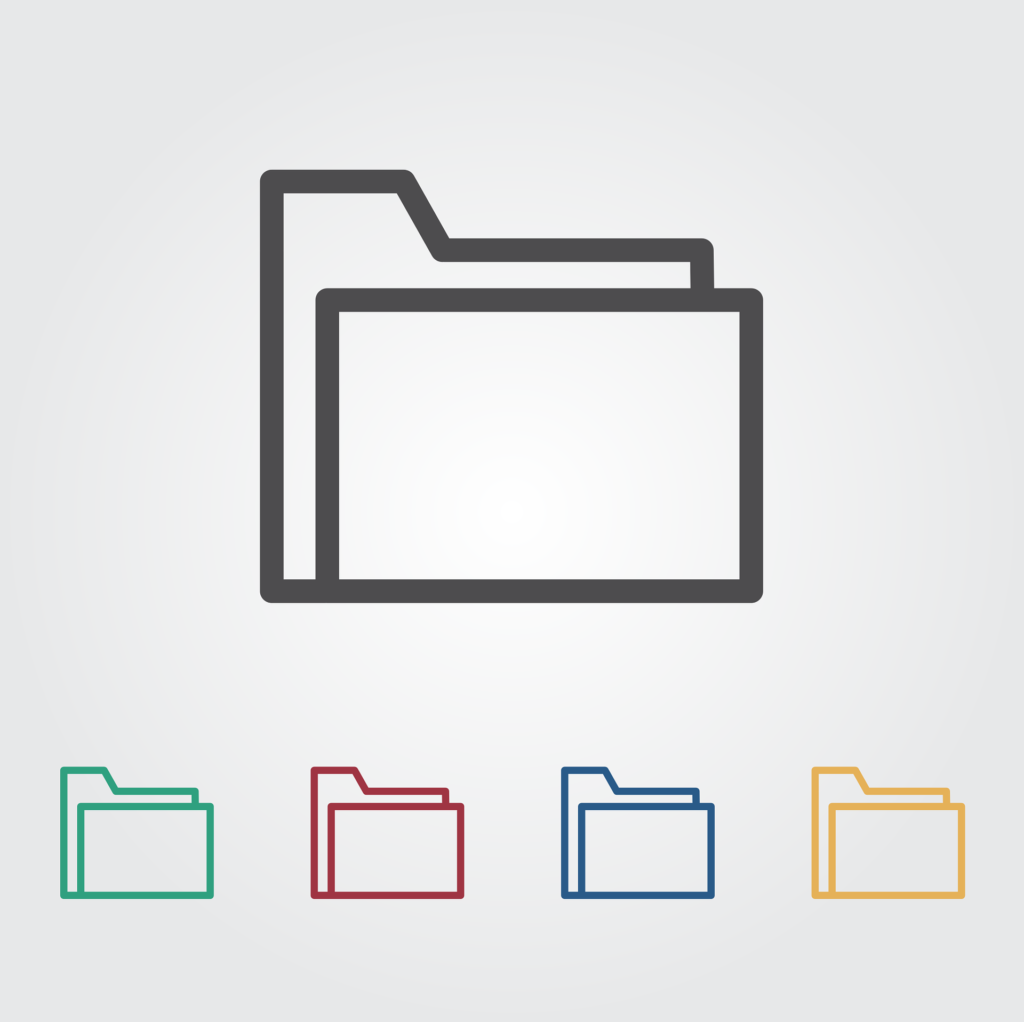
Digital Organization
Just like in the physical world, your digital files should be organized in a way that is meaningful to you. Your folder structure should be logical in such a way that it will make sense to you years into the future.
- Create a folder hierarchy
- If there are too many files in a folder, add more sub-folders
- Use keywords when naming folders and files
Conclusion
Much like keeping your financial house in order, keeping your digital life organized can prevent loss andll as make recovery easier.
Ignore backing up your data at your own peril. Your files, built up over the course of years, represent your time spent, memories made, and assets gained.
Backup your digital life. Backup often.
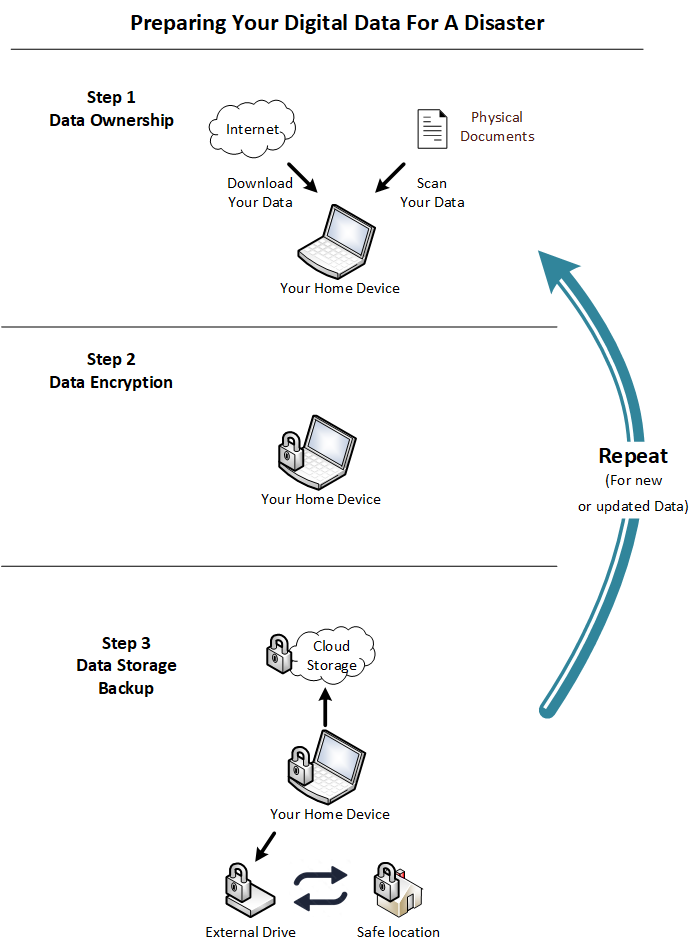
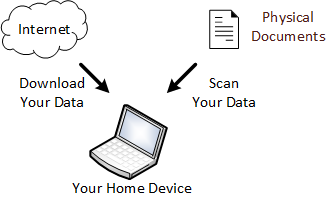

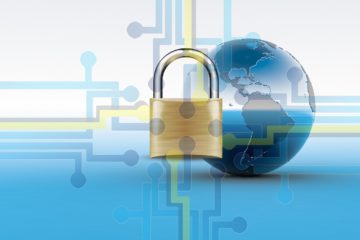

0 Comments